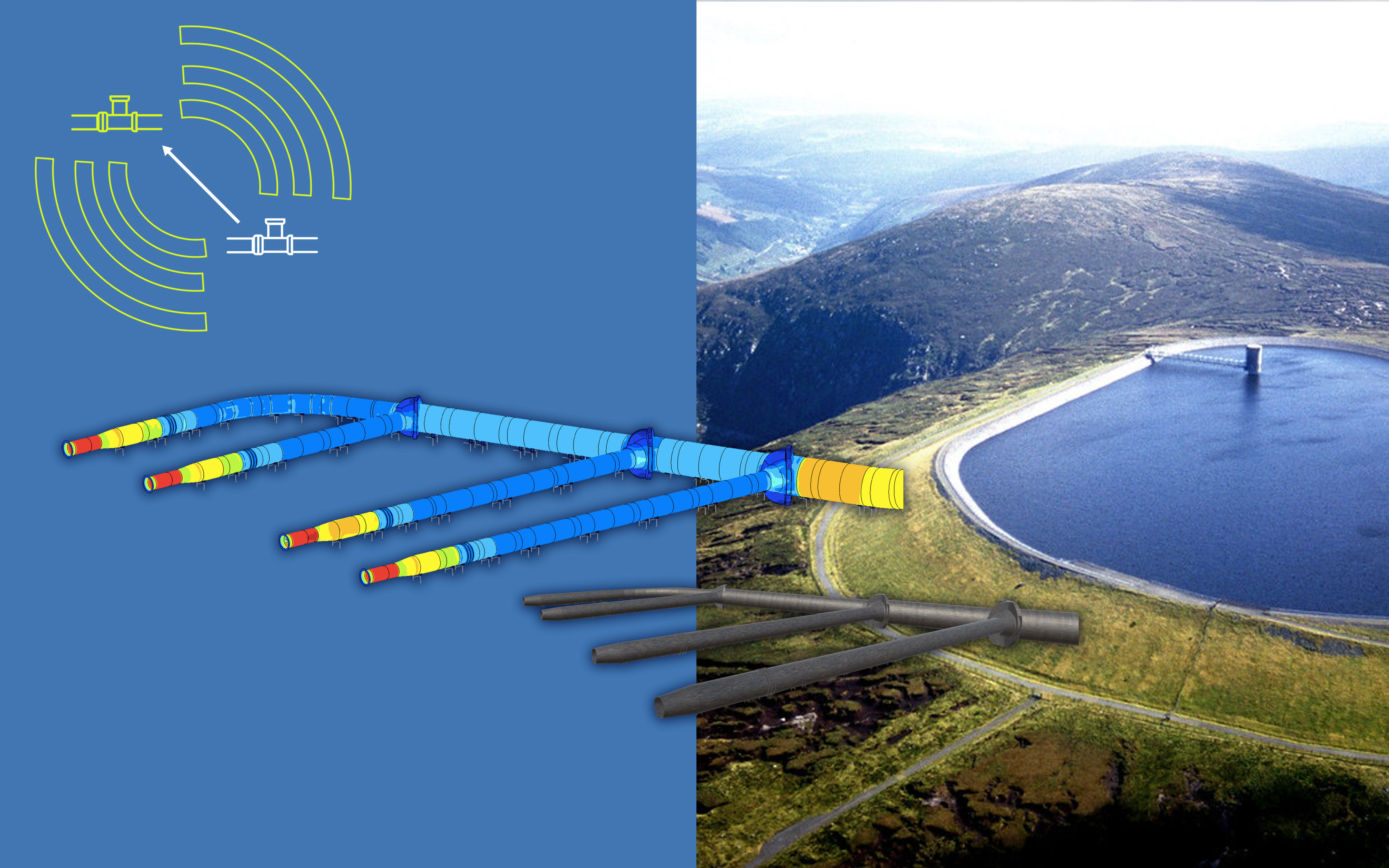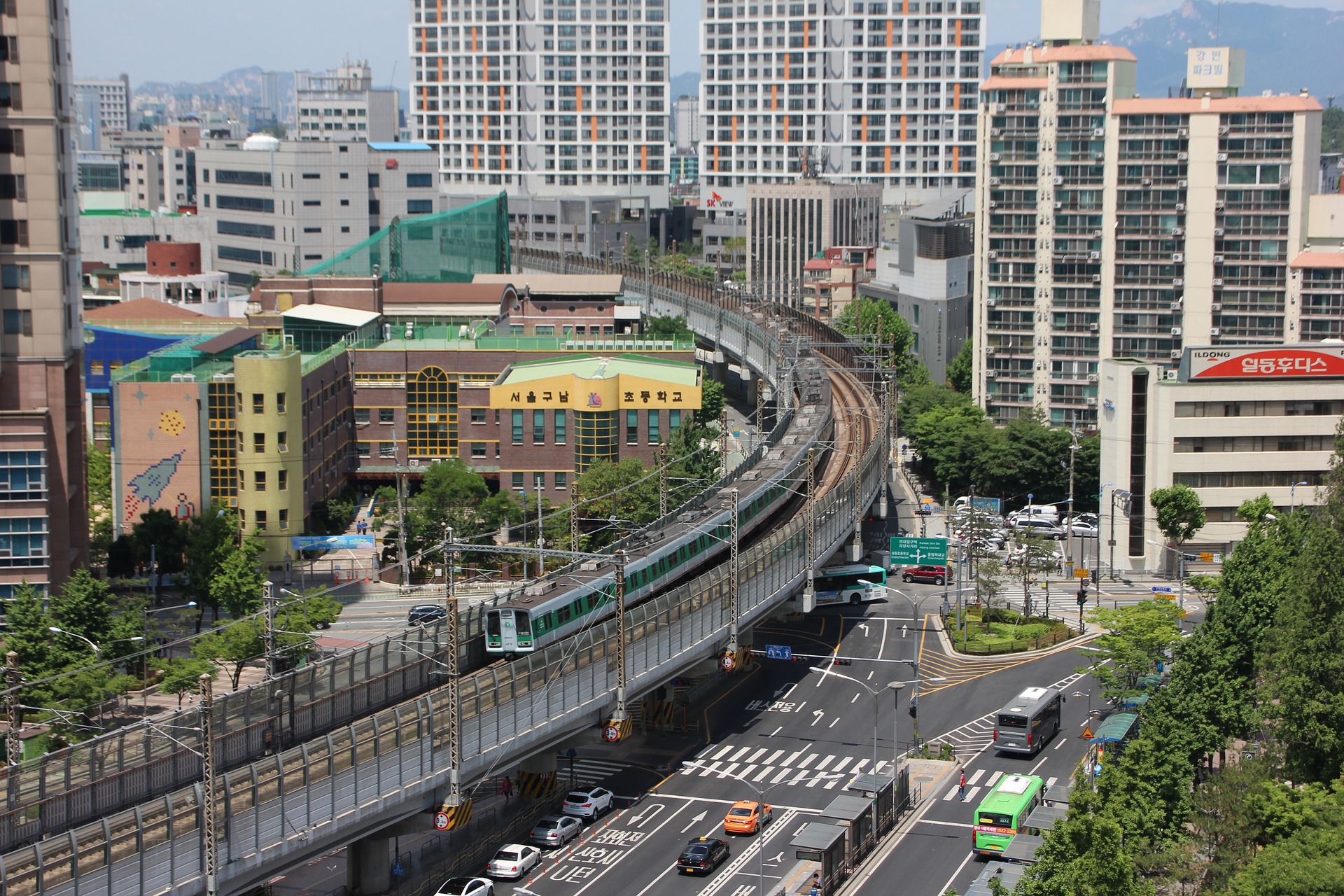782 results found
Featured results



More results
This paper argues that with the rapid urbanization in Southeast Asia, local government units (LGUs) in Southeast Asia are comparable to their counterparts in Canada and therefore should move to a comprehensive/beneficial asset management system.

This policy brief reviews two aspects of independent regulation: institutional efficacy, including primarily autonomy, capacity, and accountability; and the mode of regulation, or the regulator's functional scope. Recommendations are made in the policy brief relating to the entire regulatory process.

This paper reviews the literature on the impact of physical infrastructure on development and issues surrounding the analysis of the effects of infrastructure on development indicators such as poverty.


Focused on the electricity system, BloombergNEF s (BNEF s) New Energy Outlook (NEO) combines the expertise of over 65 market and technology specialists in 12 countries to provide a unique view of how the market will evolve. Each year BNEF makes a number of changes to NEO as they strive to improve the completeness and complexity of their analysis. Click on the link to BNEF s website to see the 10 key findings.


The Australian Infrastructure 2019 Audit covers transport, energy, water, telecommunications and for the first time social infrastructure, and looks at the major challenges and opportunities facing Australia s infrastructure over the next 15 years and beyond. They have presented their findings in terms that matter to users, by focusing on outcomes for them. The hope is that this enhanced focus on users, and the role infrastructure can play in improving their quality of life, helps to drive better decisions that are rooted in the long-term interests of Australians.

The Project Disclosure Portal was launched in 2018 by the Government of Kenya with support from the World Bank, as a push to improve transparency of information on PPP projects.

Increasingly, infrastructure leaders, investors and developers are recognising the need to not only increase the quantity of infrastructure investment globally to drive economic growth, but also the quality of infrastructure investment, to ensure that that growth and development is inclusive and sustainable.
We welcomed Long-term Infrastructure Investors Association’s (LTIIA) Executive Director, Francois Bergère to our office earlier this week.
The draft Reference Guide on Output Specifications for Quality Infrastructure is open for public consultation to capture your insights and feedback for the final version.
The Global Infrastructure Hub (GI Hub) welcomes the G20 Osaka Leaders’ Declaration that was released over the weekend and endorsed the Principles for Quality Infrastructure Investment as the G20’s common strategic direction and high aspiration.
The Guidance Note, developed by the GI Hub in collaboration with Cambridge Economic Policy Associates Limited (CEPA), identifies lessons learned from various existing NIBs in both emerging markets and high-income countries through 11 case studies which explore different NIBs that have existed from 1945.
Ambitions Beyond Growth- Economic and Social Survey of Asia-Pacific Region” by UN ESCAP 2019 reveals that achieving the Sustainable Development Goals by 2030 would require an annual additional investment of $1.5 trillion for Asia-Pacific developing countries – equivalent to five per cent of their combined GDP in 2018, or about four per cent in terms of the annual average GDP for the period 2016-2030.
In this report, Marsh & McLennan Insights, the Inter-American Development Bank and IDB Invest review the progress of the six largest infrastructure investment markets in the Latin American and the Caribbean region (the LAC6) in the recovery period following the Lava Jato investigation – the period from 2016 until the present. This report will evaluate private investment prospects in infrastructure based on transparency reforms and project pipeline initiatives offered by the region’s governments. The report will additionally outline a selection of key financing and risk solutions available to private investors to ensure project bankability in the region.

Infrastructure Finance in the Developing World: Multilateral Lending Instruments for Infrastructure Financing - A report by the G-24 and the Global Green Growth Institute (GGGI). This paper is part of The Infrastructure Finance in the Developing World Working Paper Series, which is a joint research effort by GGGI and the G-24 that explores the challenges and opportunities for scaling up infrastructure finance in emerging markets and developing countries.
In light of the overwhelming needs for infrastructure finance in emerging and developing economies and the limitations facing alternative flows of financing, there is a clear role of MDBs to continue and in fact step up their activities. The Infrastructure Finance in the Developing World Working Paper Series is a joint research effort by GGGI and the G-24 that explores the challenges and opportunities for scaling up infrastructure finance in emerging markets and developing countries.
This paper assesses the challenges and trade-offs faced by the three major NDBs in emerging economies in their efforts to (1) reach the goals set by their governments, (2) obtain the resources needed to function at a meaningful scale, and (3) operate within their unique economic and political contexts.
The paper discusses general trends in involving the private sector in public projects, PPPs and asymmetric information, and policy conclusions.
This paper examines the public finance underpinnings for an enhanced focus on different types of long-term investments as well as on operations and maintenance of existing investments.





 Guidance - Governmental Processes Facilitating Infrastructure Project Preparation
Guidance - Governmental Processes Facilitating Infrastructure Project Preparation








